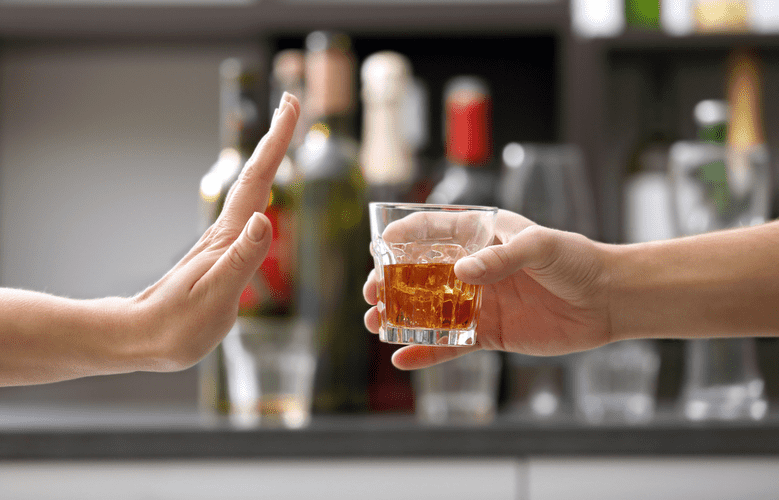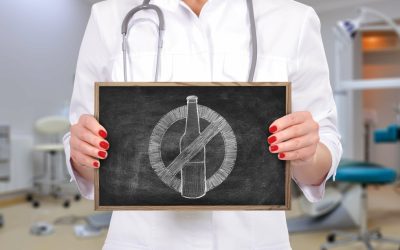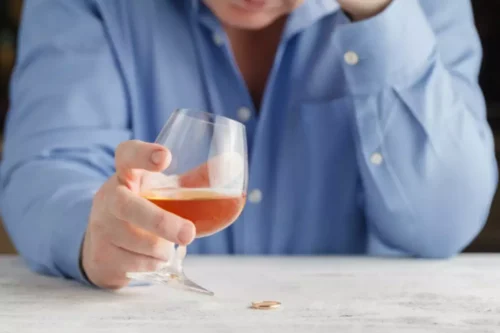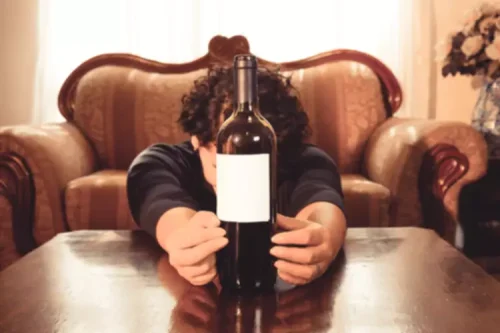They may refer to them as blood thinners, anticoagulants, or antiplatelet drugs. A doctor may prescribe these medications to reduce a person’s risk of heart attack and stroke. You should limit blood thinners and alcohol your alcohol intake if you are taking blood thinners. One drink on occasion is not likely to cause problems, but moderate to heavy drinking with anticoagulant medications is dangerous.
Responsible for over 5% of all deaths, alcohol abuse is the fourth leading cause of preventable death in the U.S. The substance has significant power to create a physical dependence, leading to severe withdrawal symptoms when alcohol use is stopped. The effects of aspirin are increased by alcohol, making it more likely for the effects to reach a toxic level. Aspirin can also increase the risk of internal bleeding when taken with alcohol. Alcohol use should be limited while taking aspirin, particularly in the two hours before or after using it.
Group Therapy for Alcoholism
Drinking a moderate amount of alcohol can help prevent blood clots and reduce the risk of a heart attack, but there are a few risks as well. A glass or two of wine daily may (or may not) reduce your risk of heart disease or ischemic (clotting) strokes. It does this by cutting down the number of platelets in your blood. It gets in the way of blood cell production, down in your bone marrow.
Many people begin as social or occasional drinkers, especially in high school or college. While not everyone who drinks socially will abuse alcohol, those who binge drink are at a higher risk. Binge drinking is defined as consuming four or more drinks for women and five or more drinks for men in about two hours.
Can You Drink Alcohol With Plavix?
Being on any blood thinner will increase your risk of bleeding. Traumatic injuries are one of the most common causes of bleeding, but sometimes you can bleed spontaneously. According to the Dietary Guidelines for Americans, published by the U.S.
Secondly, drinking alcohol can interfere with how medicine works, and blood thinners are no exception. You should always check with your GP about whether it is safe to drink alcohol before taking blood thinners. When you get hurt, blood cells called platelets gather at the injury site and form a blood clot.
Blood Thinner Drugs
While it can be part of joyful moments, it’s also a psychoactive substance that warrants consideration and understanding. When you drink, you might get tipsy and lose your balance, too. The relationship between alcohol and deep vein thrombosis may depend on what, and how much, you pour in your glass. You’ll get an email weekly with any new questions answered by this doctor. Since you’re not logged in, check your email after you submit to confirm. People can speak to their doctor if they think they or someone they know may have AUD.
- Binge and heavy drinking may cause a stroke or sudden cardiac death as well.
- Specific blood vessels near the heart rely on receptors to keep blood pressure at a healthy level.
- Additionally, alcohol can decrease fibrinogen levels, a protein in the blood that contributes to clot formation.
Along with the hormone changes that alcohol triggers, that can keep your body from building new bone. Your bones get thinner and more fragile, https://ecosoberhouse.com/ a condition called osteoporosis. Alcohol also limits blood flow to your muscles and gets in the way of the proteins that build them up.










